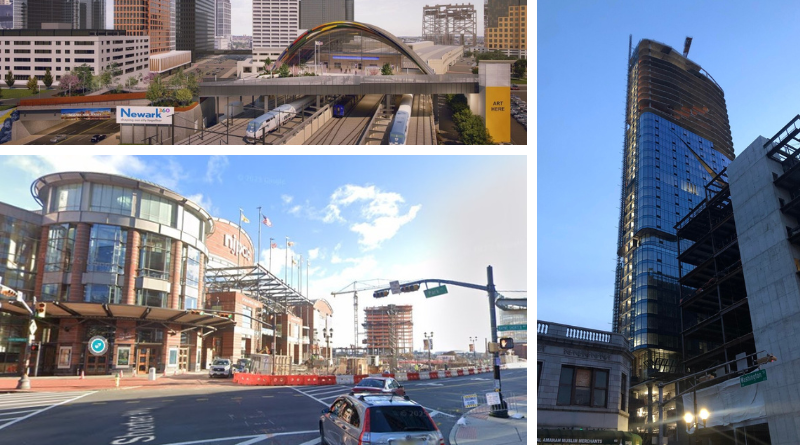Mulberry Commons Pedestrian Bridge (top left); NJPAC District (bottom left); Halo Tower 1 (right)
Newark is in the midst of a dramatic transformation. After decades of disinvestment—driven by suburban flight, highway construction, and the 1967 Civil Unrest—the city began to rebuild in the early 2000s. In 2006, Newark approved 2,125 new housing units, continuing an upward trend from 1,702 units in 2004 and 2,611 in 2005. New infrastructure, like the Broad Street Extension of the Newark Light Rail, connected key destinations such as Newark Penn Station and the New Jersey Performing Arts Center.
However, the 2008 national housing crash stalled momentum, and Newark did not approve more than 1,000 new housing units annually until 2021. Since 2020, Newark has approved 6,783 housing units—61 percent more than the total between 2007 and 2019. The housing mix has also shifted significantly. Before 2008, nearly half (49.3%) of new housing was single-family homes, but since then, only 13.6 percent of new units have been single-family, with the majority being large multifamily developments.
This growth highlights a central tension: how can Newark manage its resurgence without displacing longtime residents?
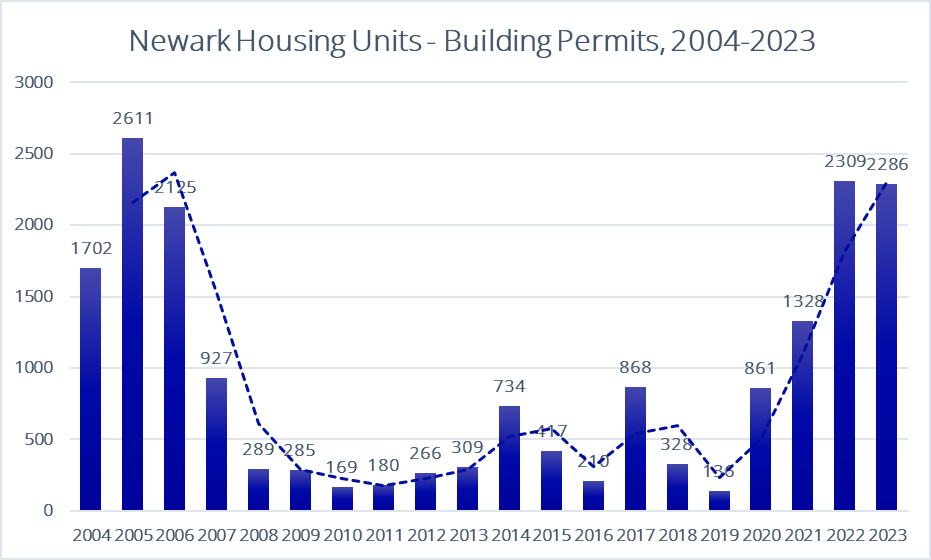
Housing Affordability Concerns
Affordability emerged as a top concern during the City’s Newark 360 Master Plan outreach. Released in 2022, the plan was shaped by thousands of touchpoints, including 12 citywide meetings, 10 neighborhood workshops, and a survey of 510 residents. The most agreed-upon statement: Newark needs more affordable housing.
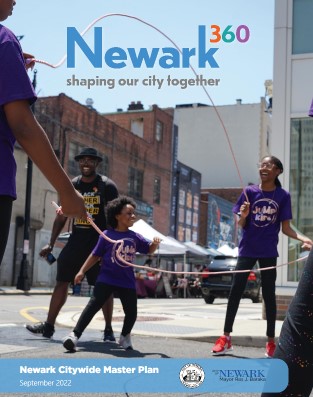
Residents consistently cited concerns about rising rents, limited homeownership opportunities, and the need to convert vacant buildings into housing. In a survey, the statement with the strongest agreement was the need for more affordable housing options.
Data from the 2023 American Community Survey confirms these concerns:
- Median gross rent consumes 34.5% of the median household income
- 26% of renters spend 30–49% of their income on rent
- 25.5% of renters spend 50% or more (severely rent-burdened)
According to HUD, households spending more than 30 percent of income on rent/utilities are rent-burdened. This means over half of Newark renters face rent burdens, with one-fourth severely burdened.
Newark’s homeownership rate is 22.5 percent, far below the New Jersey average of 58.7 percent. The city’s housing stock is dominated by large multifamily and single-family homes, offering limited middle housing to provide affordable ownership opportunities.
Strategies to Improve Housing Affordability
Newark has set ambitious 2026 goals to:
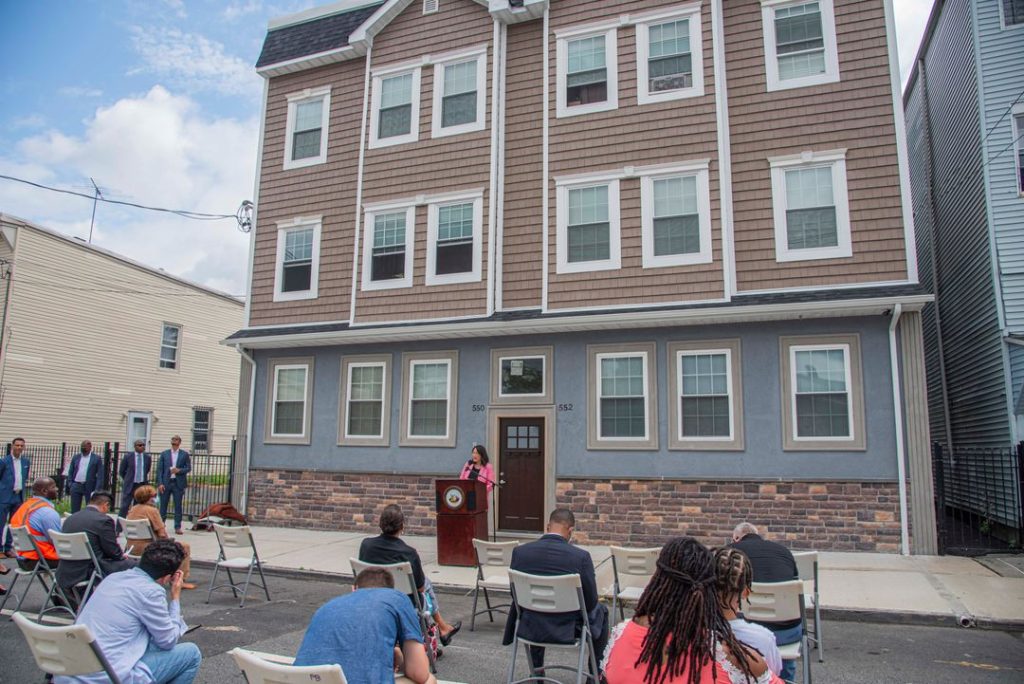
- Add 3,000 new homes
- Fund creation or preservation of 6,600 affordable units
- Support 1,500 new and 200 existing low- and moderate-income homeowners
Key policies supporting these goals include:
- Inclusionary Zoning Ordinance (IZO): Requires 20% affordable units on projects of 15+ units (amended from 30+ units in 2017)
- Accessory Dwelling Units (ADUs): Legalized in R-1 zones since 2023 (scaled-back from citywide proposal)
- Rent Control Expansion: Caps annual rent increases at 5 percent for eligible multi-family developments and, since 2023, now includes middle housing like garden apartments.
- Zoning Updates: Permit higher-density development in mixed-use and commercial zones near transit corridors
Newark utilizes funding from multiple sources to support affordable construction, including:
- HUD’s HOME Investment Partnership grants
- State programs like Aspire
- NJ Housing and Mortgage Finance Agency (HMFA) funding
Promoting Homeownership
Newark launched the Equitable Investments in Newark Communities initiative in 2023 to transform vacant/deteriorated housing into affordable homeownership opportunities through public-private partnerships.
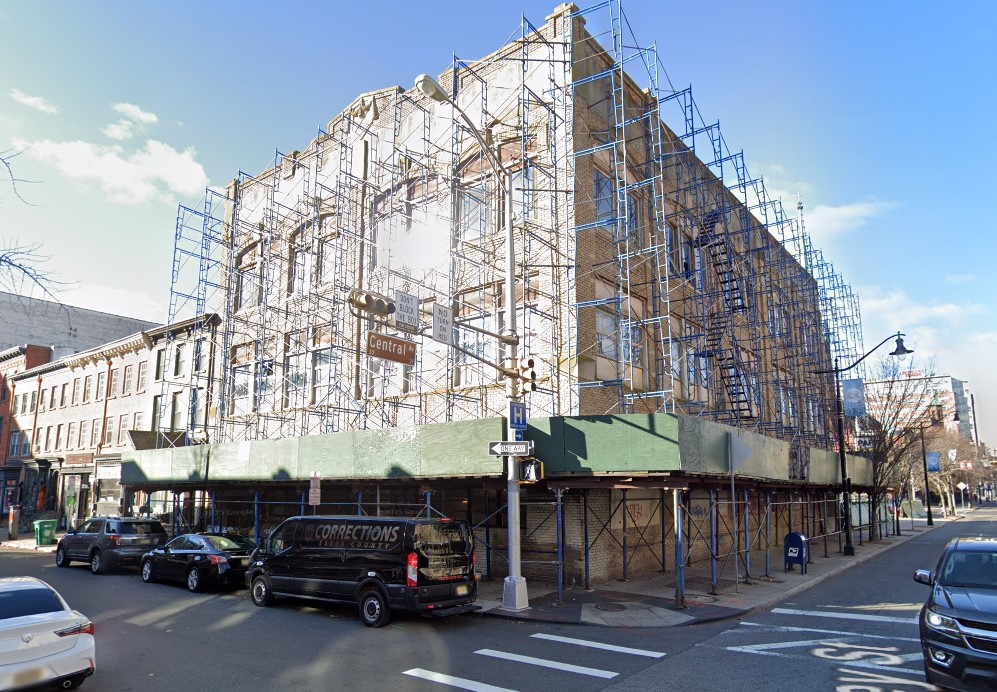
Other programs include:
- Use of Section 8 vouchers for homeownership
- Live Newark: $20,000 no-interest loans to first-time buyers
- Kawaida Tower: Affordable condos near NJPAC, originally proposed by poet Amiri Baraka, now advanced by Mayor Ras Baraka, will offer 30 owner-occupied affordable units
Since the Newark 360 Plan release, 6,407 units have been completed or are under construction, with 24 percent designated affordable—exceeding the 20 percent benchmark.
Revisiting the Downtown Core
Newark’s downtown is guided by two major redevelopment plans: the Downtown Core Redevelopment Plan (2004), centered on the Prudential Center, and the Living Downtown Redevelopment Plan (2008), which promotes dense, mixed-use growth. While the Living Downtown Plan reflects today’s vision for walkable, high-density neighborhoods, the Downtown Core Plan still includes outdated height limits and land use restrictions.
According to Director of Planning and Zoning Pallavi Shinde, aligning these plans is essential for encouraging downtown revitalization. She noted that the City is considering removing height restrictions and introducing more flexible zoning to support mixed-use and residential development in the Downtown Core. The goal is to transition from a traditional office-centric district into a more diverse urban environment that includes housing, retail, and innovation spaces.
Shinde emphasized that Newark must rethink the office-only model that currently defines the Downtown Core. With changing work patterns, especially the increase in remote and hybrid work, Newark is looking to repurpose underutilized commercial buildings and attract new uses that can activate the area throughout the day and evening. Examples include innovation hubs, tech incubators, and live-work housing models.
Updating the Downtown Core Plan could also accelerate the adaptive reuse of Newark’s historic buildings. Many of these structures are difficult to renovate under current regulations due to parking minimums and use restrictions. The City is exploring zoning amendments to encourage preservation, which would make it easier to repurpose older buildings as housing or community-serving spaces.
In addition, the City is exploring opportunities to incorporate green infrastructure and public open space into future redevelopment efforts, consistent with broader planning goals for livability and sustainability. A revised plan could establish sustainability criteria for future projects, promote green roofs, and enhance pedestrian environments.
Strengthening Newark’s Transit Role
Newark is already a transit-rich city. Nearly 44 percent of renter households do not own a car—the second-highest rate in the country after New York City. The city’s transit network includes:
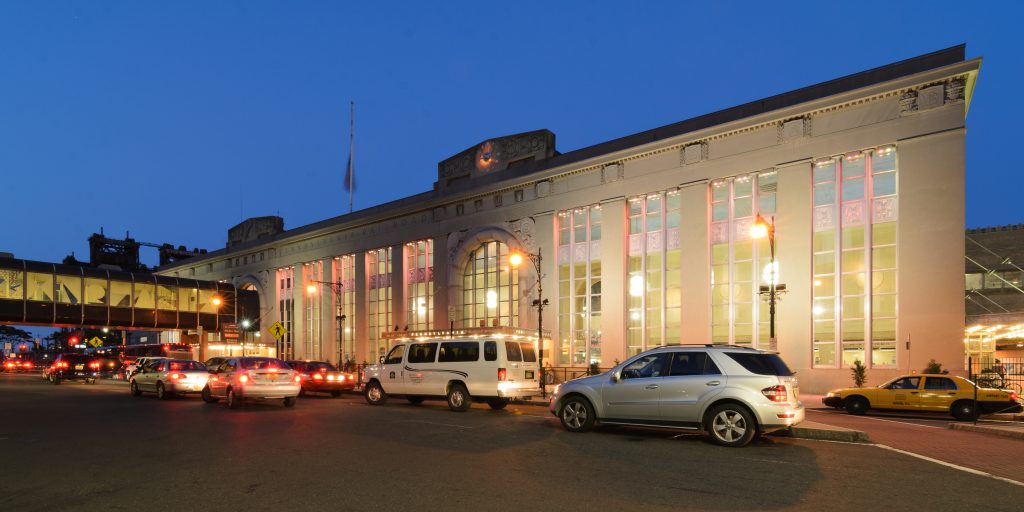
- Two major NJ TRANSIT commuter rail stations (Penn Station and Broad Street)
- 10 Amtrak lines
- PATH service to New York City
- Newark Light Rail, with two branches connecting downtown and nearby neighborhoods
- Around 50 NJ TRANSIT bus routes serving regional and local riders
This level of access makes Newark a natural fit for TOD. However, residents have voiced the need for better intracity transit options, especially to connect neighborhoods beyond the downtown core.
In response, Newark partnered with NJ TRANSIT in 2021 to launch NewBus Newark, an NJT-led redesign of the local bus network. More than 1,500 residents participated in surveys that shaped the redesign. Riders prioritized more frequent service and better weekend coverage. NJ TRANSIT proposed a streamlined network with buses running every 5 to 10 minutes on core corridors. Implementation began in 2022 and continues in phases.
TOD in Action: Broad + Market
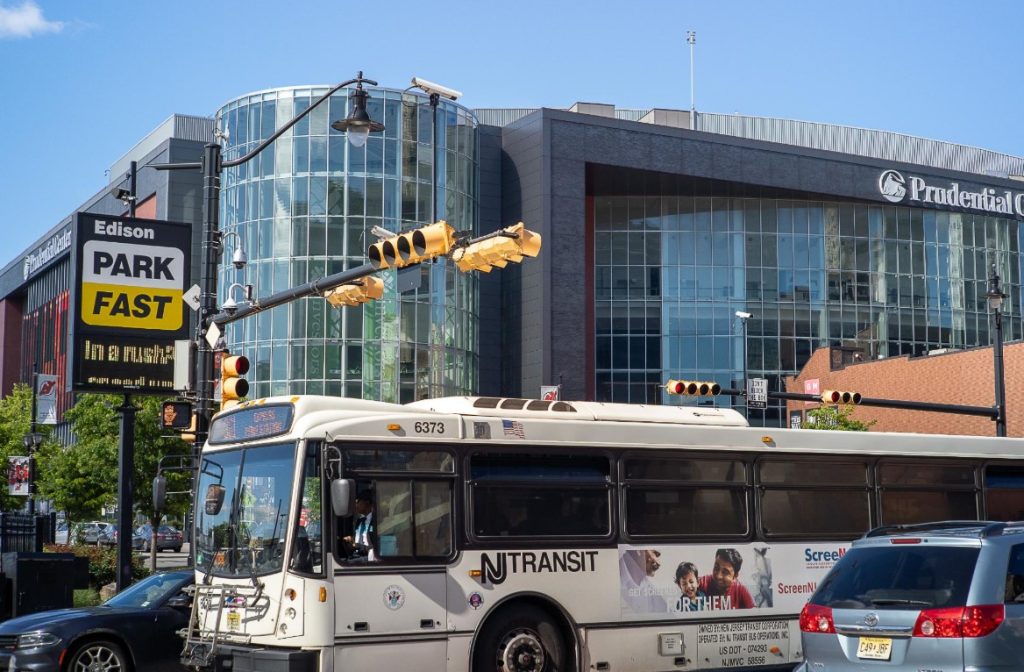
The Broad + Market Transit Village sits at the historic heart of Newark’s transit network. In the early 20th century, more than 120,000 people rode the 14 trolley lines that passed through this intersection each day. Another 180,000 crossed on foot. Today, the area continues to serve as the city’s busiest node, with 63 bus stops, three light rail stations, and 17 NJ TRANSIT bus routes. Across these transit options, the Transit Village area serves 78,846 daily passengers.
Designated as a Transit Village in 2021, the Broad + Market area spans a half-mile radius around the intersection and extends toward Newark Penn Station and neighborhoods like Ironbound and University Heights. Prior to 2010, much of the land near transit hubs was used for parking. This trend began to shift with the 2008 Living Downtown Redevelopment Plan, but development slowed during the recession.
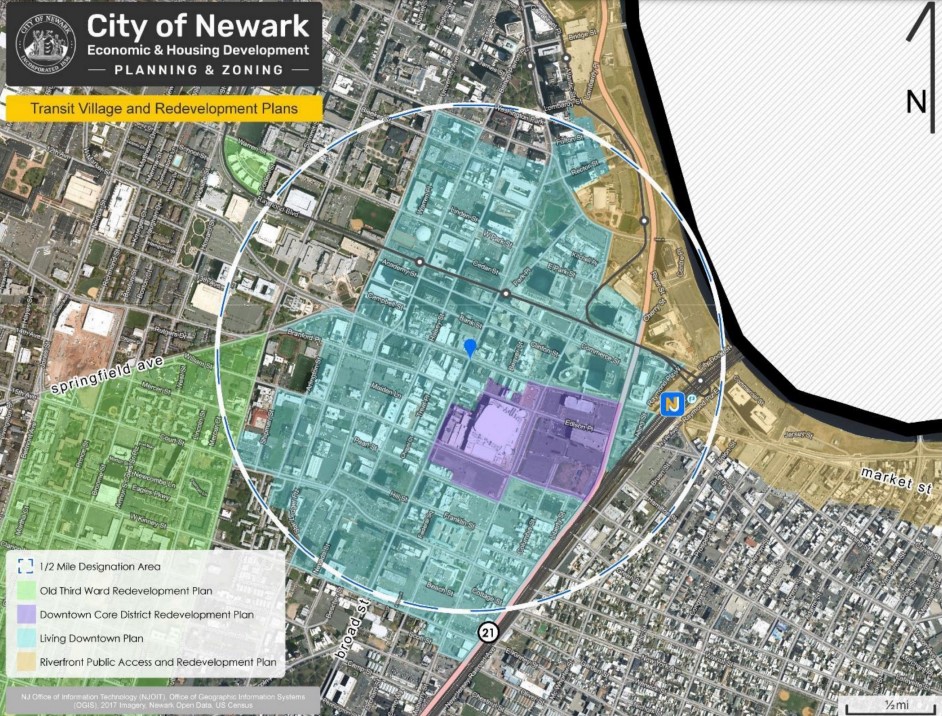
Now, with renewed market interest and zoning reforms, Newark is moving forward on several major TOD projects:
Mulberry Commons Park and Pedestrian Bridge
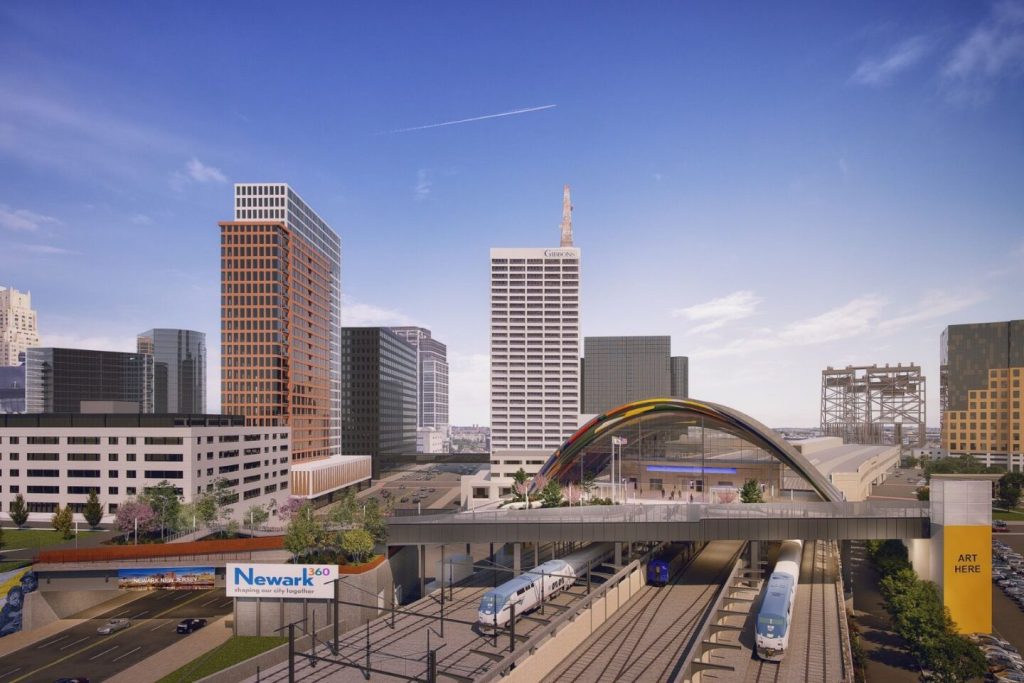
In May 2019, Newark opened Mulberry Commons Park, a $10 million public-private initiative that transformed a former railyard between the Prudential Center and Ironside—a repurposed industrial warehouse now housing office and retail space. The three-acre park provides a shaded pedestrian route for visitors walking from Newark Penn Station to events at the Prudential Center. “We want this to be a cultural gathering space for the Newark community, and it’s already starting to happen,” said Director of Planning and Zoning Pallavi Shinde. “Advancing Phase 2 will only enhance that experience.”
In 2023, Newark broke ground on the next phase: the $110 million Mulberry Commons Pedestrian Bridge. The bridge will span McCarter Highway to directly link Newark Penn Station with the Prudential Center and improve access between downtown and the Ironbound neighborhood. Designed to reconnect neighborhoods divided by past infrastructure projects, the bridge is expected to support economic development around the station—an area long challenged by high vacancy rates—and encourage new residential investment in underserved areas. A completion timeline has not yet been announced.
Indigo Residences
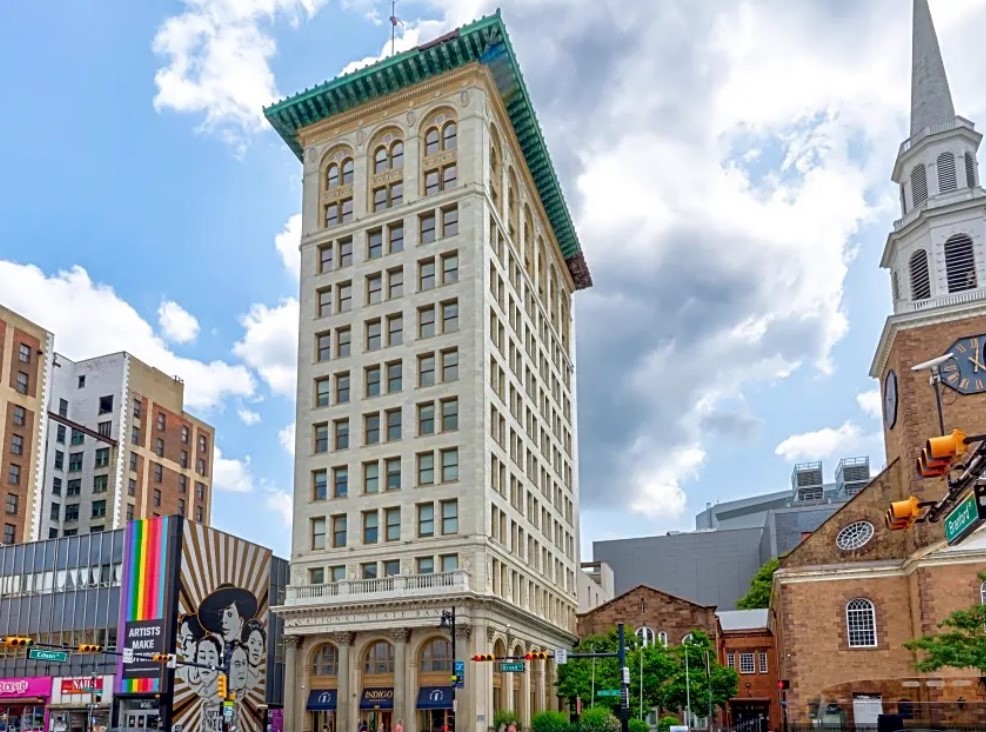
The former Hotel Indigo Newark Downtown—an adaptive reuse of the First National State Bank Headquarters—opened in 2014 before struggling and ultimately closing despite early promise. In 2022, Baldwin Equities acquired the property and converted it into Indigo Residences, a 100-unit micro-apartment building targeting young professionals. Leasing began in 2024. The building, a five-minute walk from the Military Park light rail station, includes 20 affordable micro-units. Later that year, Baldwin Equities completed another nearby adaptive reuse project: The Distrikt, a 92-unit residential conversion of an office building that includes 20 percent affordable housing.
Halo Towers
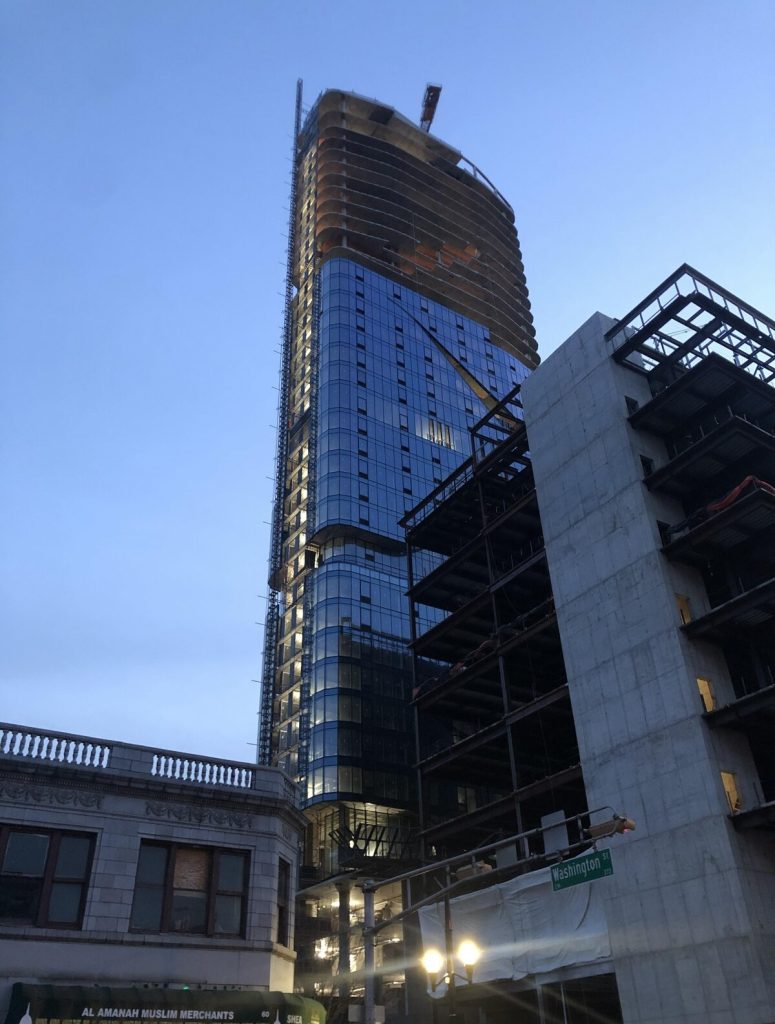
Originally approved in 2018 as a two-tower project, the Halo development at 289–301 Washington Street was expanded in 2021 to include a third tower. Revised plans call for three high-rises—38, 42, and 46 stories—within walking distance of the Newark Light Rail. Construction on the 42-story tower began in 2022 and topped off in 2024. After delays stemming from lawsuits, labor, and financial issues, the first tower is now expected to open in early 2026, with the other two to follow. The completed project will deliver 1,075 residential units, 20 percent of which will be affordable.
Summit Tower
In April 2024, the Newark Zoning Board approved the Summit Tower, a 41-story residential building planned for Market Street near the Broad and Market intersection. Originally proposed at 46 stories with 579 units, the project was scaled back during approvals to 41 stories and 514 units, with 20 percent affordable housing. Developer KS Group has cleared the site but has not yet broken ground.
NJPAC District
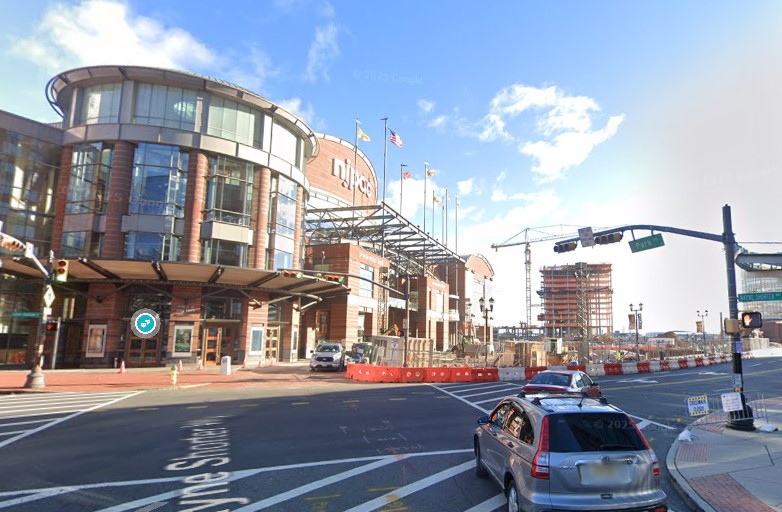
In September 2024, the New Jersey Performing Arts Center (NJPAC) began construction on a $336 million mixed-use redevelopment of surrounding surface parking and vacant land into a new cultural district. Plans include outdoor public spaces, professional rehearsal facilities, 12,600 square feet of retail, and the 53,000-square-foot Cooperman Center for community arts and education. Artside, the residential anchor of the project, will include 350 rental units, with 20 percent affordable. The public components are expected to open ahead of the residential units, which are slated for completion in 2027.
Gateway to Hope
In April 2025, NJ TRANSIT, the City of Newark, and a coalition of public and private partners launched Gateway to Hope, a comprehensive program to assist unhoused and at-risk residents near Newark Penn Station. The initiative includes mobile medical teams providing mental health care, a 24/7 drop-in center offering essential services, and the creation of 200 transitional housing units for chronically homeless residents.
Looking Ahead
Newark’s planning efforts illustrate how TOD can be used to address intersecting challenges—housing affordability, underused land, and equitable mobility. By concentrating development in areas with strong transit access and updating outdated plans, the City is working to reshape its core in ways that benefit both longtime residents and newcomers.
The Broad + Market Transit Village is a key prototype. Through it, Newark is laying the groundwork for a more inclusive, connected future.
Newark. A New Jersey Transit Village.
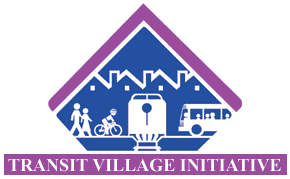
The New Jersey Department of Transportation’s designation of the Broad and Market Street intersection as a Transit Village underscores Newark’s commitment to leveraging transit for equitable growth. The Transit Village Initiative supports the development of compact, mixed-use communities that reduce car dependency and promote walkability. In Newark, this designation has aligned with a period of significant investment—spurring new housing, expanding commercial activity, and advancing the City’s goal of creating affordable, transit-oriented neighborhoods.
Resources
46-Story Residential Tower Moves Forward Near Newark’s Prudential Center | Jersey Digs
A $336 Million Plan to Build Housing, Retail and an Arts Hub in Newark | The New York Times
American Community Survey 2023: 5-Year Estimates
Analysis of Local Bus Markets, Phase III FINAL REPORT | Rutgers-VTC
Development Trends Viewer 2024 | NJ Department of Community Affairs
Equitable Investments in Newark Communities | City of Newark
First Phase of Newark’s Mulberry Commons Park Finally Completed | Jersey Digs
For 333 Years, Broad Street Has Paved Way to the City’s Success | Knowing Newark
Gateway? Renaissance? A Reviving City Earns Its Nicknames | NJ.com
Governor Murphy Announces Newark’s Designation as a Transit Village | Office of Governor Phil Murphy
Halo Tower 1 Tops Out at 289-301 Washington Street in Newark, New Jersey | New York YIMBY
New 100-Unit Micro-Apartment Project at Historic Newark Building Hits the Market | Real Estate NJ
Newark 360 Master Plan | City of Newark
Newark Adopts Controversial Zoning Changes Encouraging Development | NJ.com
Newark Breaks Ground on $110 Million Mulberry Commons Pedestrian Bridge | Jersey Digs
Newark Expands Rent Control, Limits Annual Increases to 5 Percent | TAPinto Newark
NewBus Newark | NJ TRANSIT
NJ TRANSIT and Partners Launch “Gateway to Hope” Program to Support Unhoused Residents at Newark Penn Station | NJ TRANSIT
NJ TRANSIT Bus Route Redesign Is Late in One City, Bus Improvements Are on the Road | NJ.com
Recap: Cultivating Community, Commerce, and Transit Oriented Development: The 2024 NJTOD Symposium | NJTOD
Recap: Gentle Density: Unlocking the Missing Middle in Housing | NJTOD
Stalled Work Resumes on Newark’s Tallest Building, Now on Track for 2026 | NJ.com
Sustainable Development Policies at Core of Newark Redevelopment | NJ Future
The Newark that Could Have Been, Part I: A City Beautiful, Sky-High Ambitions, and Lost Focus | Jersey Digs
The Summit Tower Receives Zoning Approval at 200-208 Market Street in Newark, New Jersey | New York YIMBY

